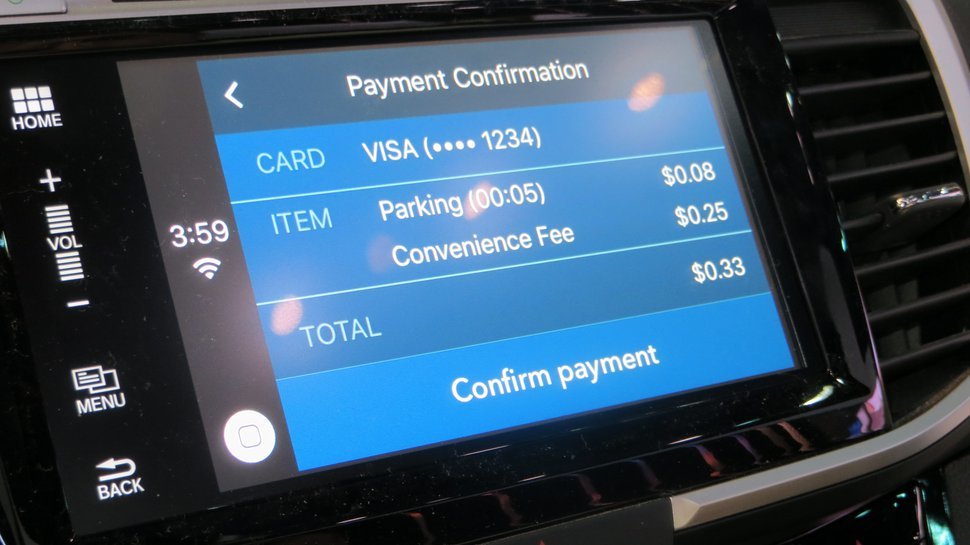
In-car payment solutions are becoming increasingly popular among automotive manufacturers. Companies such as Hyundai Motor Group, General Motors, and Tesla Inc. have already implemented in-car payment systems. Image above shows IPS in car payment terminal
These solutions enable customers to pay for various services directly from their car dashboard, including gas, parking, food, and more. By integrating payment technologies into their vehicles, automakers aim to create a seamless and convenient experience for drivers and passengers.
The business value of in-car payments is significant. Commuters spend a considerable amount of time in their cars, presenting an opportunity for brands to engage with customers during their daily routine1. In-car payments can address safety concerns associated with shopping or handling tasks while driving, offering a safer and more efficient way to manage daily activities.
The automotive industry recognizes this potential and is actively exploring ways to leverage connected cars and automotive payment apps to create new touchpoints with customers.
While the specific implementation details may vary, in-car payment systems typically leverage in-car connectivity, smartphone-based connectivity, or a hybrid model. These systems can be enabled using technologies such as long-range radio frequency identification (RFID) tags or embedded BLE hardware modules.
By partnering with payment solution providers like MasterCard, Visa, and PayPal, automakers are developing new payment processes and methods to enhance the overall driving experience4.
The future of in-car payments looks promising. Studies suggest that by 2025, in-car payments could reach $86 billion, up from $543 million in 20202. As technology continues to evolve, we can expect further advancements in this field.